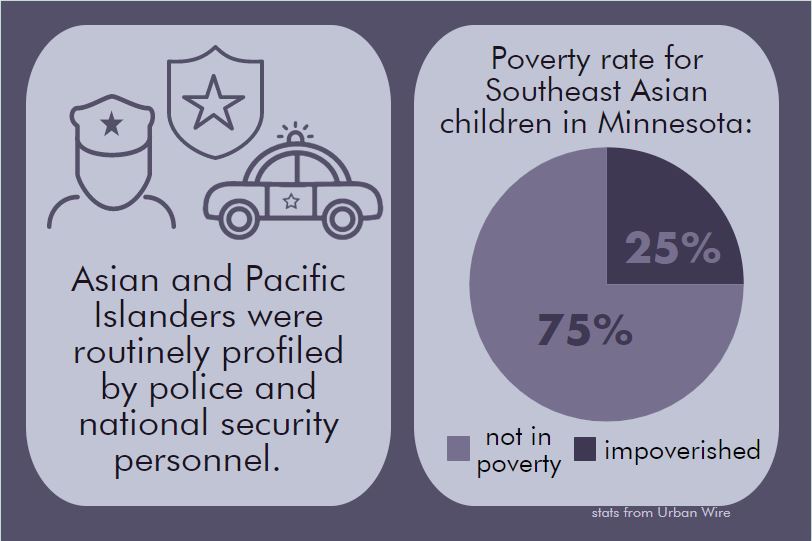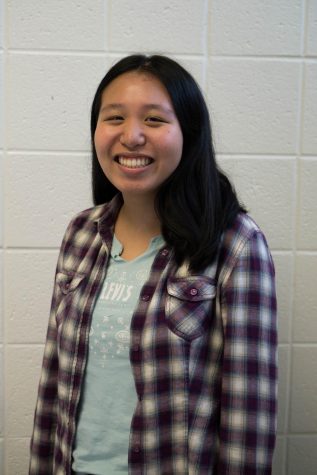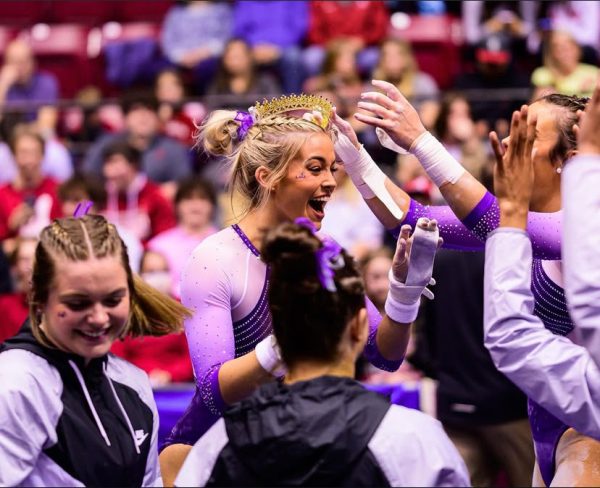Asian Americans are more than models
Graphic by Meimei Greenstein.
January 30, 2018
“Model minority” is such a familiar and well-worn trope that it’s become synonymous with being Asian American. We’re supposedly the typical American success story: generations of straight-A students, aspiring doctors and hard-working families. Many say we personify classic values of individualism and self-reliance. We’re hailed as products of the American Dream experiment gone right.
Not only is this image a politically-fueled illusion, but it also exacerbates racial tensions.
The umbrella term “model minority” generalizes the complex diversity of Asian American ethnicities while discrediting individual struggles of oppression and discrimination.
Nearly 24 percent of Cambodian Americans live in poverty, and Vietnamese Americans experience markedly low college education rates, according to a 2017 Huffington Post article. In a 2011 New York Magazine essay, Wesley Yang described the lack of Asian Americans in higher reaches of leadership as “the invisible barrier… throughout corporate America.” The bamboo ceiling extends to nearly every field: to Hollywood, to sports and to workplaces where Asian Americans are commonly both underrepresented and misrepresented.
During a teacher’s lecture on political correctness my freshman year, he told our class that the term “oriental” wasn’t “that bad.” People get offended too easily, he expressed. At the time, I felt speechless and helpless. For a word loaded with racist origins, a word used to justify “immigration exclusion, racial discrimination and violence, political disenfranchisement and segregation,” explained Erika Lee, the director of the Immigration History Research Center at the University of Minnesota to NBC News, how could it be not that bad?
I’m disappointed that our complex history of oppression is often ignored and seemingly forgotten. From the Exclusion Act of 1882 to today, representation of Asian Americans as natural hard workers or successful people diminishes continued struggles against poverty and discrimination.
The model minority myth is also used to drive racial wedges between Asian American and other communities. It’s a common political strategy exemplified across national platforms, from Donald Trump’s recent war against affirmative action to Andrew Sullivan’s April 2017 article in New York Magazine claiming Asian Americans are “shining examples of how to overcome discrimination.” Asian American success is leveraged as proof that inequities and racism don’t exist.
Robert Reece sums it up perfectly in a compelling personal narrative in Vox: “It promotes the idea that people of color in higher education don’t deserve to be there—that they got there through a government handout, taking spots that are rightfully owed to white people.” Whenever Asian Americans are marked as “models” for other minorities, our nation gets a free pass on the responsibility to actually recognize and resolve inequality.
Instead, politicians point fingers: why can’t you be more like the Asians? Why can’t you stop being lazy? They pretend years of systematic slavery or xenophobia didn’t exist, and pointedly ignore the oppression of other minority groups. The term model minority only causes further division among minority communities while justifying lack of change in politics.
Dear institutional racism, I’m not your poster girl. Next time, don’t call me a model minority. Just call me Ivy.







